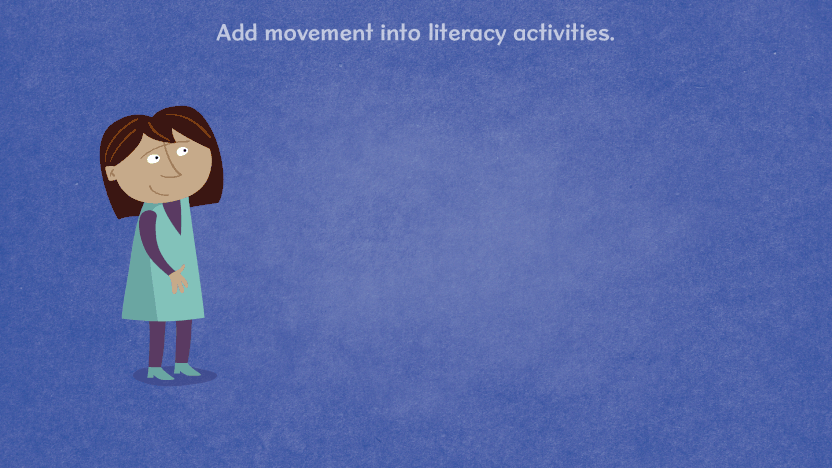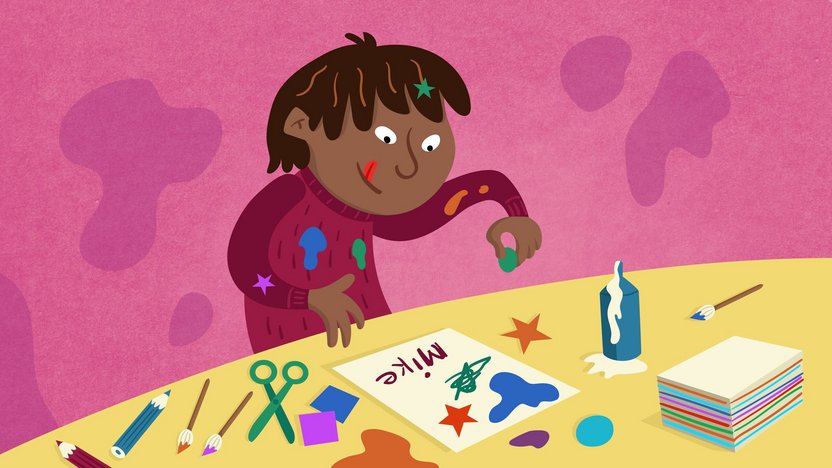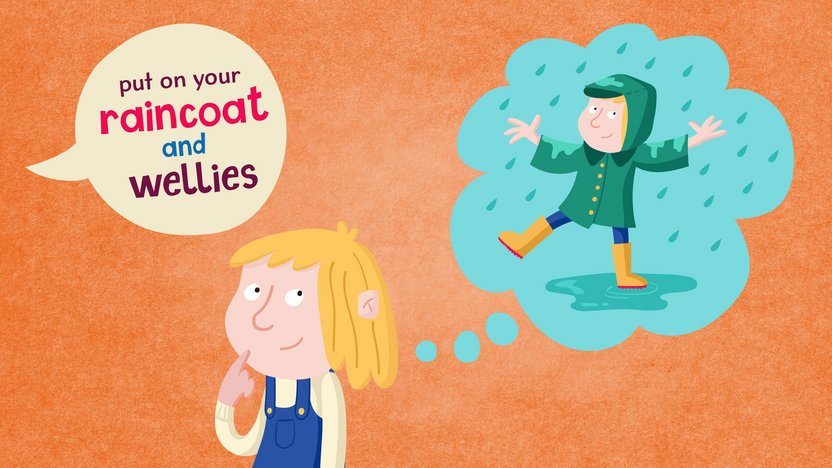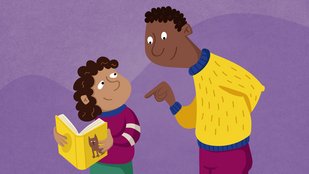How To Help a Child: 3-4 years
All kindergarten children will benefit from activities to develop pre-literacy skills, but these activities will be particularly important if you have a history of dyslexia in your family or if a kindergarten teacher has noticed that your child is developing at a slower rate to the other children.
Dyslexia is likely if the child has a family member with dyslexia. This could be a parent or grandparent, sibling, cousin or even an aunt or uncle.
What to do:
Build Phonological Skills
Early phonological skills develop a perception of the sounds of language. There are more than 40 sounds in the English language. Phonological skills are being able to identify, separate and swap these sounds in words. For instance, help the child recognize that words are made up of sounds. The word 'cat' has 3 sounds c-a-t but the word 'ship' also has three sounds sh-i-p. Play sound swapping games. If the sound 'c' is swapped with 'b' what new word made (bat). Remember, the word 'phono' means sound. These are skills with sounds not written text and are developed before reading or writing begins.
Play Rhyming Games
For instance, the word 'pop' has three sounds p-o-p. The word 'hop' also has 3 sounds h-o-p. Can you think of any other words that rhyme with hop and pop? To develop rhyme use reading rhyming books like Dr Seuss.
Add movement into literacy activities. When breaking words into sounds a child could hop, clap or do a jumping jack for each sound. Be careful not to move for each letter but for each sound. For instance, 'chin' has four letters but only three sounds ch-i-n, so there would be three jumps.
Expose the child to as much language as possible so they hear many, many words and get them talking about words. Have lots of conversation and get them talking to you.

Teach Nursery Rhymes
Talk about words and the meanings of words, especially how some words have multiple meanings. Show a picture and explain. 'Bat' can mean both an animal or something used to hit a ball. 'Bark' can be the outside of a tree or the sound made by a dog.
Use Interactive apps and online story books.
Improve Fine Motor Skills
Fine motor skills are used when controlling a small object like a pencil or lego brick. Provide activities they can do with their hands, e.g. cutting out, gluing and sticking, and coloring, which will prepare them to get ready to write.
Write their first name (not in capitals). Give them ownership of writing their own name. If it is a long name, give them a shortened version e.g., Michael can be Mike.

Memory Strategies
If a child has memory issues it’s important not to belittle the child. Here are some things you can do to help those children who can't seem to remember what they have been told to do.
Visualization can help some children. For instance, if you have asked them to put on their raincoat and wellies have your child imagine what they look like wearing them. It’s almost like you ask them to take a picture in their mind.
Multi-Step Directions
Encourage them to follow several instructional steps through practice. Play silly games that involve whole body movement. Start with one instruction e.g. Hop on one foot. Then growl like a lion. When they get good at 2 instructions, then give them 3 but make them go away from you, e.g. go upstairs and find the red shoes and put them by the door.
Organize the house with set places for things, then build in a routine or habit, e.g., a box for shoes by the door. As soon as they come in, they put the shoes in the box. It will take time to develop this into a habit, so they always put shoes back in the same place. Remember, they will find it frustrating too when they can't find their shoes.

